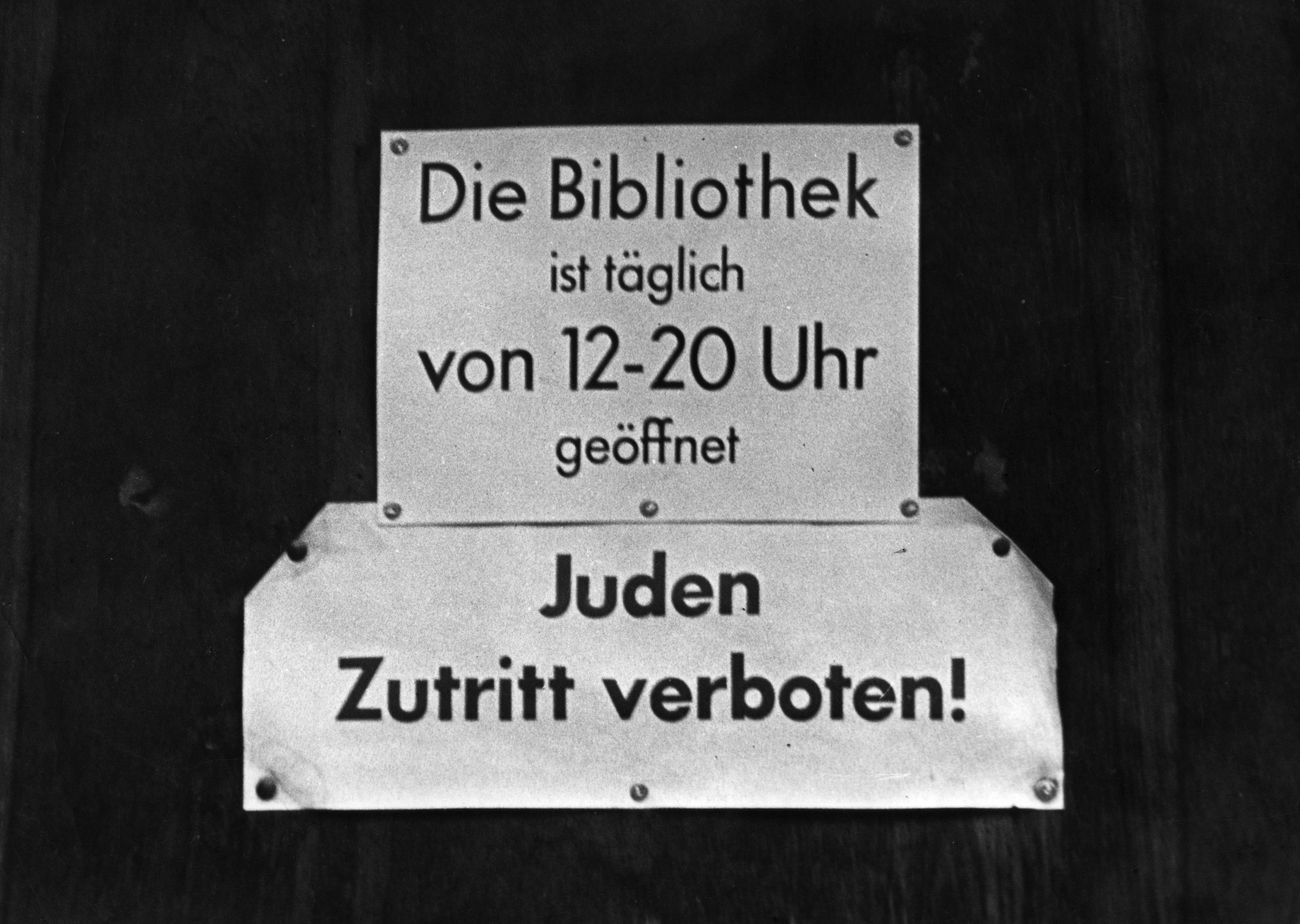Exclusion and Persecution under the Nazi Regime
What was life like in the society of exclusion in Munich under the Nazis? What function did the “people’s community” have? Who was responsible for exclusion and persecution and what was the attitude of the mainstream population?
The “people’s community” propagated by the Nazis was founded on the notion of biological race enshrined in Nazi ideology. It promised a social community, solidarity, comradeship, and equality. But anyone who did not conform to Nazi ideology was ostracized, persecuted, and murdered.
Political opponents were branded “enemies of the people.” The Jewish population and Sinti and Roma were excluded as “members of foreign races,” while other people were stigmatized and persecuted as “foreign to the community” on account of their origins, for failure to conform to social norms, or because of their sexual identity. The idea of a “people’s community” hence played a central role in the establishment of the Nazi dictatorship.
We use selected biographies to illustrate the ostracization and persecution of various groups in the Nazi era.

: Sign denying Jews entry to the library of the Deutsches Museum | © Süddeutsche Zeitung Photo
Send request
Information
Place
Munich Documentation Center or online via Zoom (other platforms possible on request)
Duration
On site: 90 to 120 min
Online: 90 min
Number of participants
On site: max. 15 people (larger groups will be divided)
Online: 1 school class
Suitable for
The tour is suitable for 9th to 11th grade students.
Cost
Free of charge for schools
Languages
German, English, French, Italian (other languages on request)

